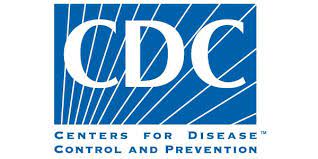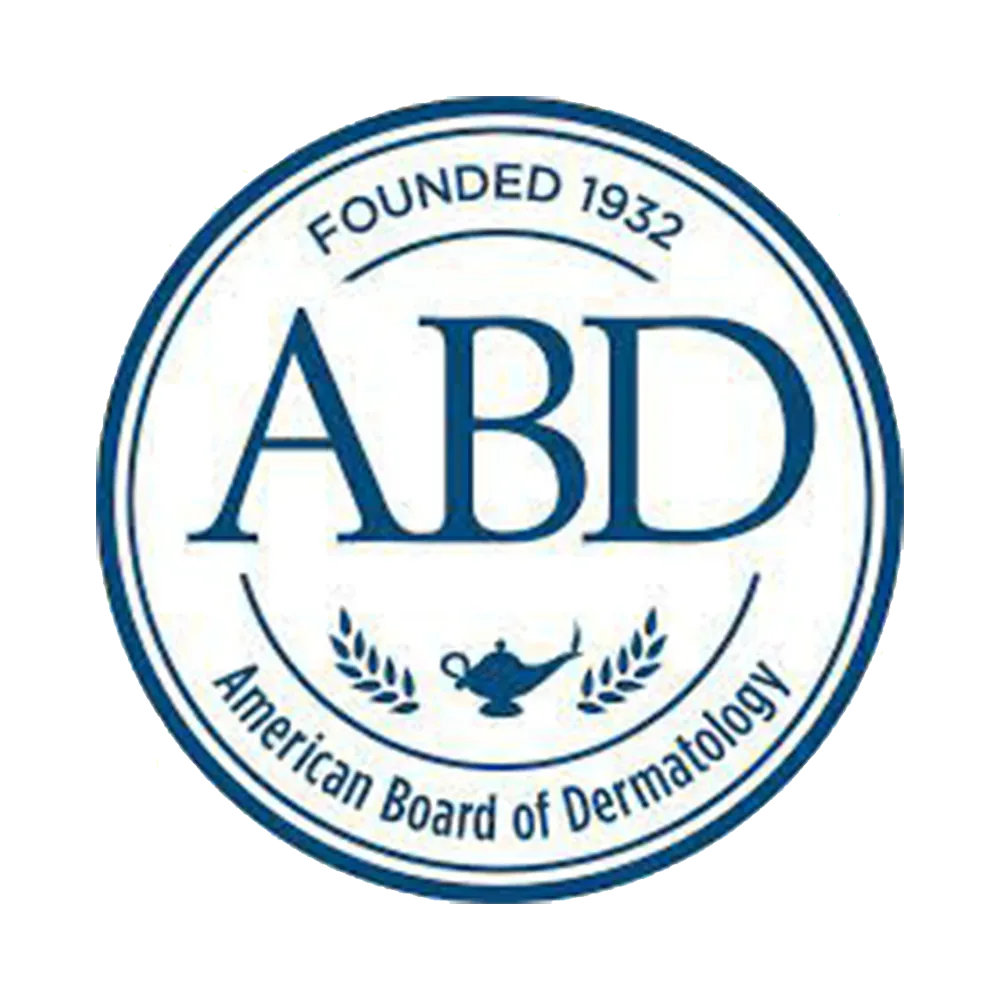Genital Warts
Navigating the Landscape of Genital Warts
A Candid Conversation
In the realm of sexual health, certain topics can feel undeniably daunting. Among these, genital warts, a common sexually transmitted infection (STI), stands out. Perhaps it’s their visceral nature or the stigma surrounding STIs, but despite affecting a significant portion of sexually active adults, they remain shrouded in misconceptions and misunderstandings.
Genital warts, or condyloma acuminata, are caused by certain strains of the Human Papillomavirus (HPV). These small, fleshy growths appear on the genital or anal area and are typically transmitted through sexual contact. The warts may be raised or flat, singular or multiple, small or large. They are usually painless but can occasionally itch or feel tender.
HPV includes over 100 strains, but only a handful are responsible for warts, predominantly types 6 and 11. Importantly, these strains are not typically associated with cancer, unlike other HPV types. However, because a person can be infected with multiple HPV types simultaneously, routine screenings for cervical cancer (in people with cervixes) remain essential.
These warts can often be diagnosed visually, but in certain cases, a healthcare provider may take a biopsy. If left untreated, genital warts may disappear, stay the same, or grow in size and number. Treatment options depend on the size and location of the warts and may include topical treatments, cryotherapy, surgery, or laser treatment.
The conversation around these warts, like many facets of sexual health, is tainted by stigma. However, these discussions are crucial in dismantling these obstacles, promoting prevention, and ensuring those affected receive appropriate care. Vaccines against HPV are an excellent preventive measure, offering protection against the most common wart-causing strains.
So let’s continue to amplify these conversations, shaking off the stigma and embarrassment. Genital warts are incredibly common and are nothing to be ashamed of. With open dialogue, comprehensive sexual education, and routine screenings, we can take great strides in tackling the misconceptions surrounding genital warts.
The journey to a more confident you starts with one decision. That is the decision to get treated, why wait Book Online today? If you’re on the fence or have questions brewing, remember: We at Sullivan Dermatology are always here to help.
Videos
Genital Warts
Genital warts, a common sexually transmitted infection (STI), are caused by certain strains of the Human Papillomavirus (HPV). They appear as small, fleshy bumps or clusters on the genital or anal area. Although they may cause discomfort and distress, treatments are available for genital wart removal to help manage the condition.
These warts may be flat, raised, or shaped like cauliflower. They’re often flesh-colored and can occur singly or in clusters. While they can appear on any genital or anal area, in women, they’re often found on the vulva or inside the vagina or cervix, and in men, on the penis or scrotum or inside the urethra or rectum.
It’s essential to distinguish between genital warts vs ingrown hair. While ingrown hairs typically cause small, round, itchy bumps, these often have a cauliflower-like appearance and are not usually itchy.
These warts are caused by certain types of HPV, a virus transmitted through sexual contact. Anyone who is sexually active can get genital warts, and certain factors, such as having multiple sexual partners, can increase the risk.
Misinformation often surrounds genital warts. One such myth is that you can only get warts if your partner has visible warts. In reality, HPV can be transmitted even if the infected person shows no signs of warts. Another myth is that warts always indicate promiscuity, which is not true as anyone sexually active can contract the virus. The third myth revolves around warts vs ingrown hair, with people often mistaking one for the other. Knowing the distinctive features of both can prevent unnecessary worry.
Treatment for genital warts varies depending on the size, location, and number of warts. Genital wart removal can be accomplished via several methods. Topical treatments involve applying medication directly to the warts to stimulate the immune system or disrupt the wart’s growth.
For larger or resistant warts, other genital wart removal methods are available. These include cryotherapy, where warts are frozen off, electrocautery, where warts are burned off, and surgical excision, where warts are cut off. Laser therapy can also be used for difficult-to-treat warts.
In the context of genital warts vs ingrown hair, treatment differs vastly. Ingrown hairs often resolve on their own, or at most, require gentle exfoliation or warm compresses, contrasting with the more medicalized approach of genital wart removal.
Regardless of the treatment chosen, it’s crucial to remember that while genital wart removal can eliminate existing warts, it cannot cure the underlying HPV infection or prevent the transmission of the virus to others. Using condoms can help reduce the risk of transmission, and HPV vaccines are available to protect against the most common types of HPV that cause genital warts.
In conclusion, genital warts, although common, can cause significant distress. Fortunately, several effective methods exist for genital wart removal, helping individuals manage this condition. Furthermore, distinguishing between genital warts vs ingrown hair can prevent unnecessary concern and ensure that appropriate treatment is sought. As always, the best course of action is to Consult with a Board-Certified Dermatologist, like Dr. Sullivan for accurate diagnosis and treatment options.
For More Information:
Genital Warts (NHS) or Genital Warts (AAD).FAQs About Genital Warts
Genital warts are small, fleshy growths in the genital or anal area caused by the Human Papillomavirus (HPV).
Genital warts are typically transmitted through sexual contact, including vaginal, anal, or oral sex, and even close skin-to-skin contact.
The HPV strains that cause genital warts (predominantly types 6 and 11) are not typically associated with cancer. However, a person can be infected with multiple HPV types simultaneously, some of which can lead to cancer.
Genital warts are often diagnosed based on a visual examination, but a healthcare provider may sometimes take a biopsy.
While there is no cure for HPV, the virus that causes genital warts, the warts themselves can be treated and removed.
Treatment options for genital warts may include topical treatments, cryotherapy (freezing the warts), surgery, or laser treatment.
Yes, without treatment, genital warts may disappear on their own, but they can also stay the same or grow in size and number.
Yes, getting vaccinated against HPV can help prevent genital warts. Condoms and dental dams can also reduce your risk but they do not eliminate it completely, as HPV can infect areas not covered by a condom.
Genital warts are usually painless, but they can occasionally itch or feel tender.
Yes, genital warts are one of the most common types of STIs. It's estimated that a significant portion of sexually active adults will get an HPV infection at some point in their lives.







